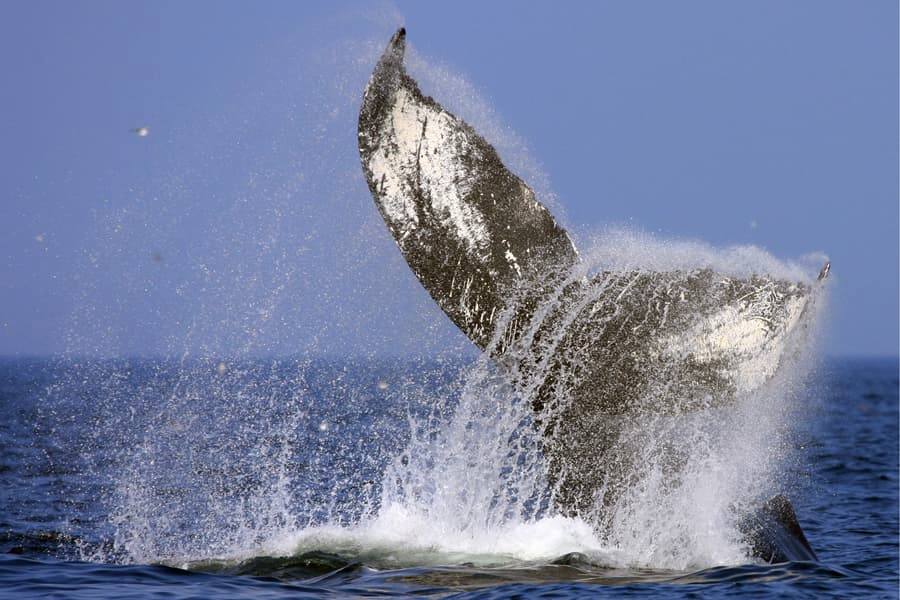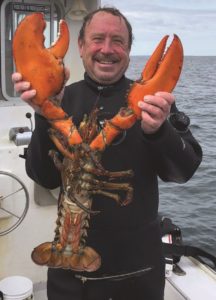Striped bass are playing hide and seek with us now. One day we have them good, with big numbers of fish around and feeding well, and the next day there isn’t a single bass to be found.
I’ve often said that I’d love to catch a bass when they are doing this now-you-see-them, now-you-don’t routine. I imagine attaching a big brightly colored balloon to it with a really long tether and sending it back to the school so we can see precisely where they go when we can’t find them. It would be a lot easier looking for that balloon than for these fish some days.
Last week, they seemed to leave our area and go back south along Billingsgate Shoals, and it was decent fishing. Then they made a brief appearance off Herring Cove for a day or two before disappearing again entirely. Race Point and the backside beaches are still uncharacteristically dead. Some mackerel are back in the bay, notably in the deep water off Herring Cove and Long Point to the Twin Hills off the edge, but their numbers are a far cry from what they’ve been.
Flounder fishing remains solid to our south down by Billingsgate Shoals, and it wouldn’t surprise me if someone tried poking around the area off the Pamet in 30 to 40 feet of water and found some flounder there as well. Still no word on fluke, and I haven’t been able to get out and look around to see what’s there. Bluefish are growing in numbers off the south shore and Nantucket Sound, so we are eagerly waiting for them to come charging into our area.

We were coming home from a rather disappointing fishing trip the other day when we came upon a humpback whale at Wood End breaching and lobtailing like crazy. Whale watchers including scientists have all kinds of terms for things whales do. Lobtailing involves the whale lifting its tail out of the water and then slapping the surface with it in a belly-down position. (If the whale is dorsal-down, this move is called an inverted lobtail.) That whale kind of saved the day for us, since the fishing was not great. It’s not always about the fish, though: passengers were thrilled to watch an aerial show by a rambunctious humpback.
Last week’s tragic sinking of the fishing boat Seahorse out of Rock Harbor, which resulted in the deaths of the captain, fisherman Shawn Arsenault, and his girlfriend, Felicia Daley, was a shock. The details are to be reported in the Independent’s news pages this week, but as I write this, we still don’t know what happened exactly. Weather and sea conditions weren’t an issue — it was mild on the days the boat went missing. And no Mayday call was sent out from the vessel. I am reminded of something one of my mentors used to say: “When things go bad on a boat, they go bad fast.”
All of us who have worked on the water for any length of time have experienced close calls. Those of us fortunate enough to live to tell the stories count our blessings. Our hearts and thoughts go out to the families of those lost.


